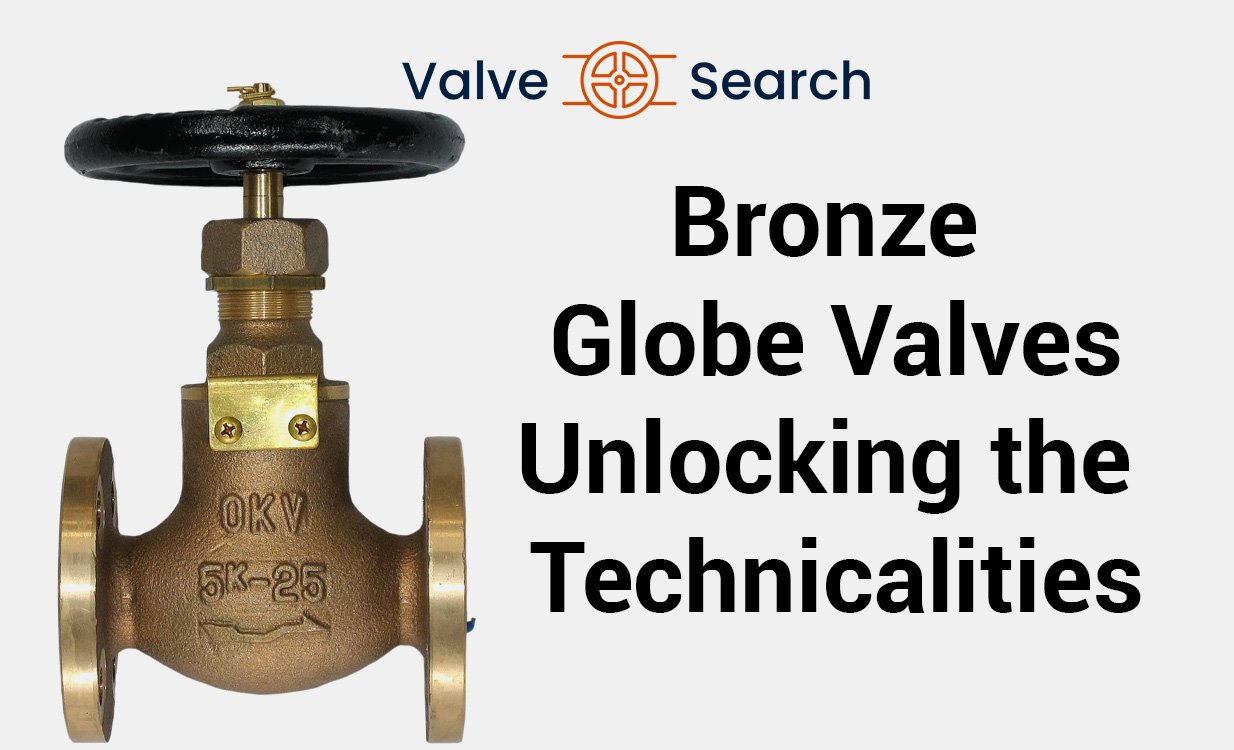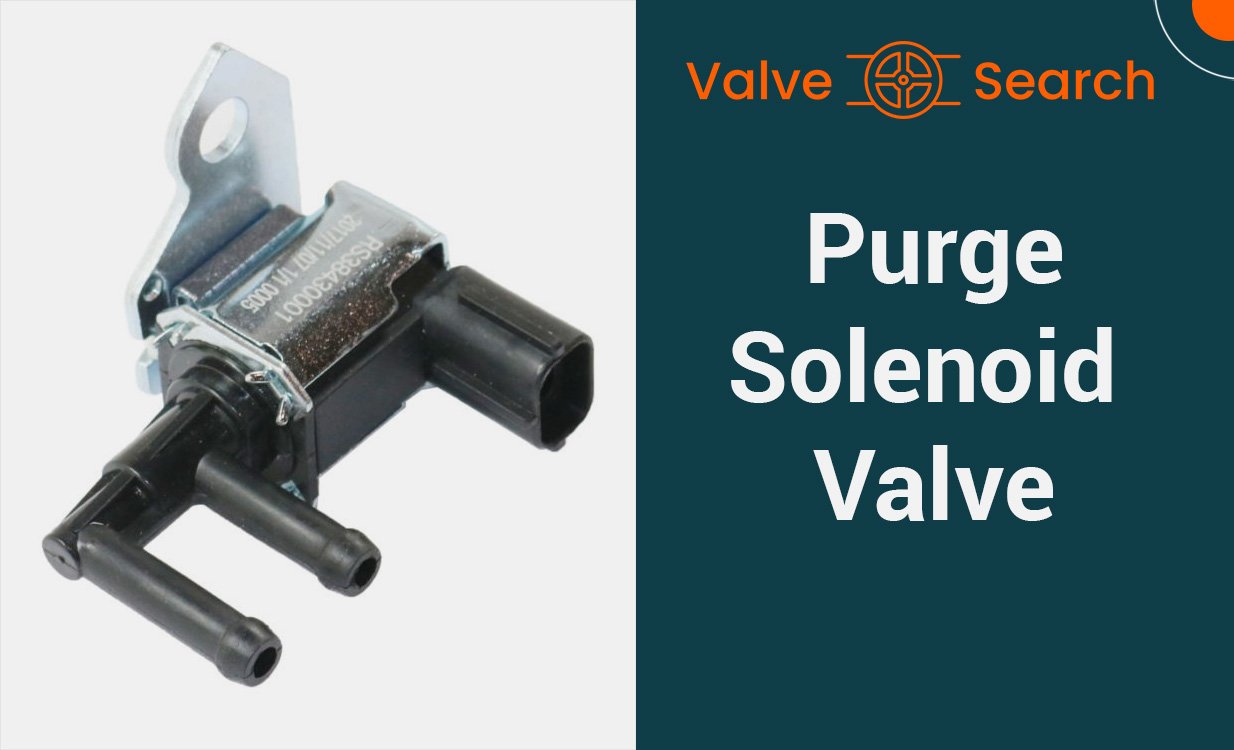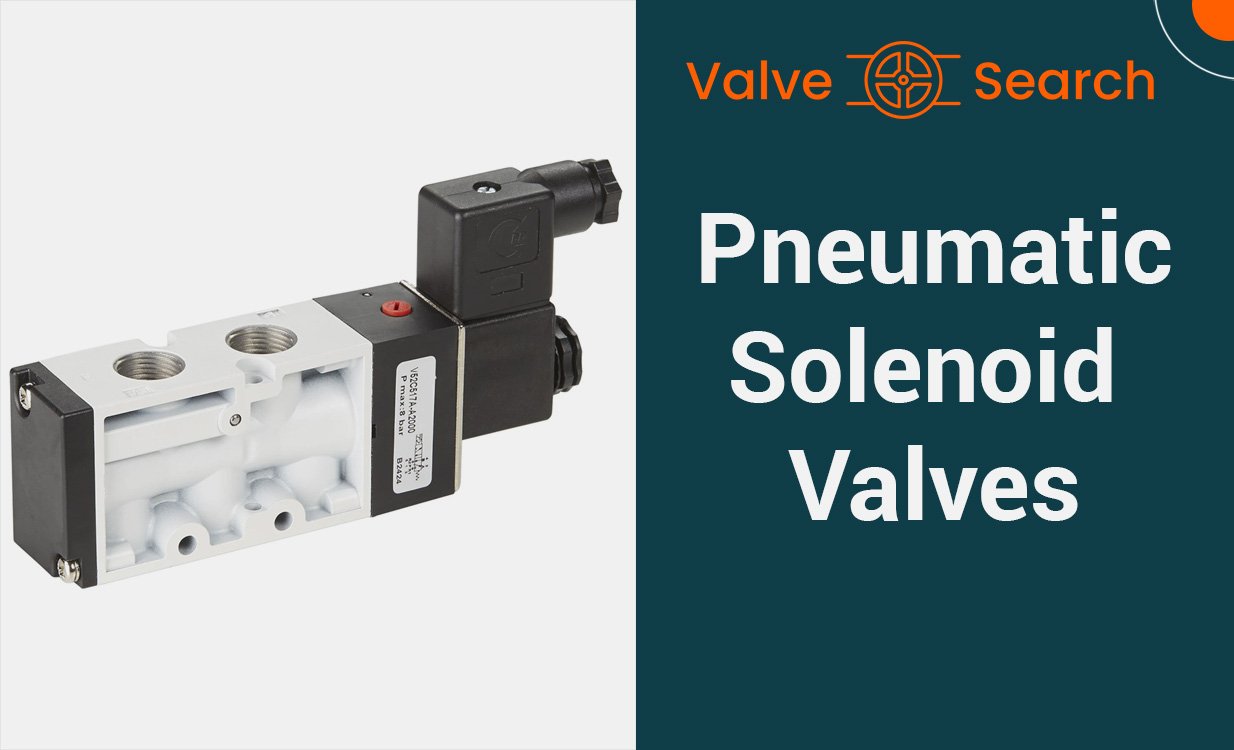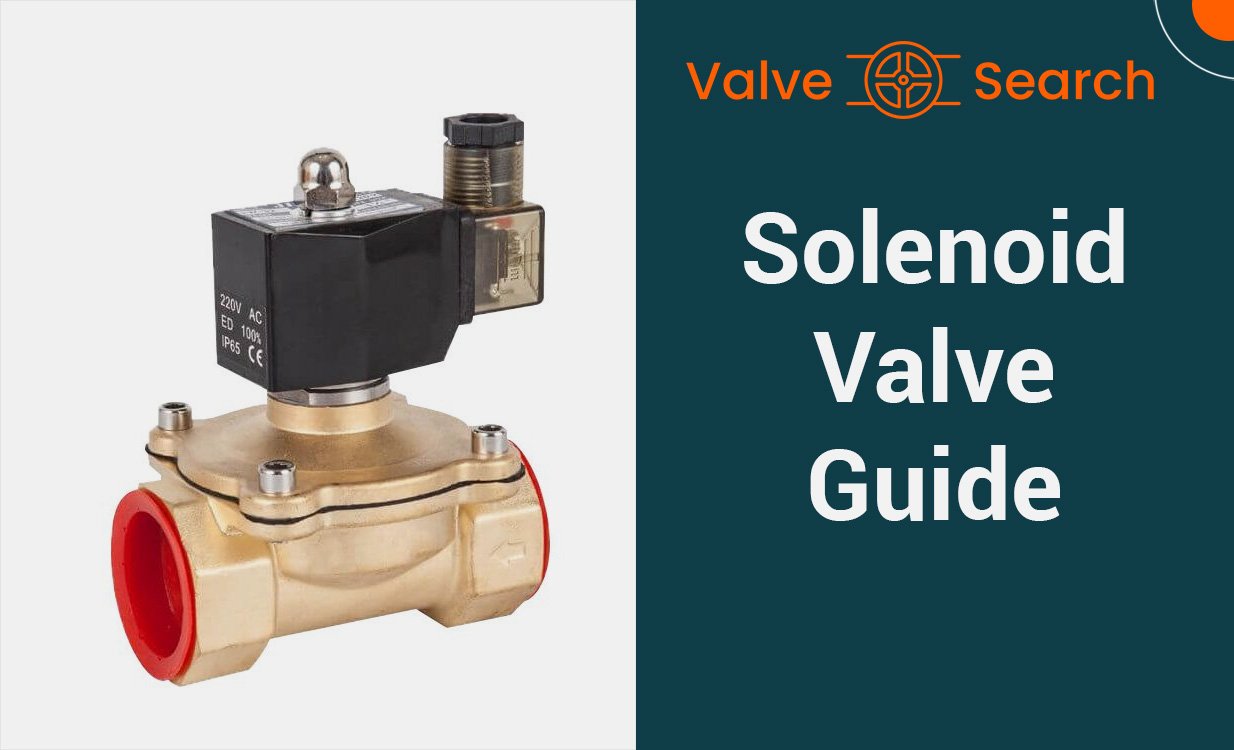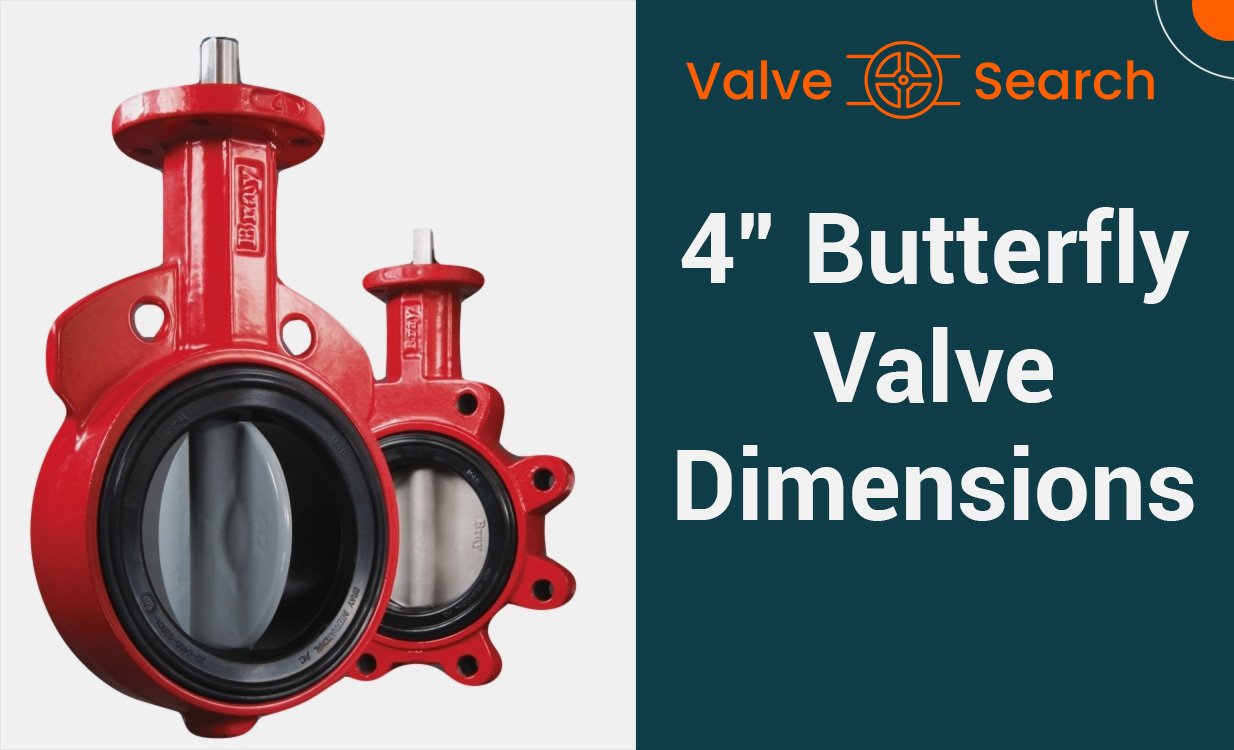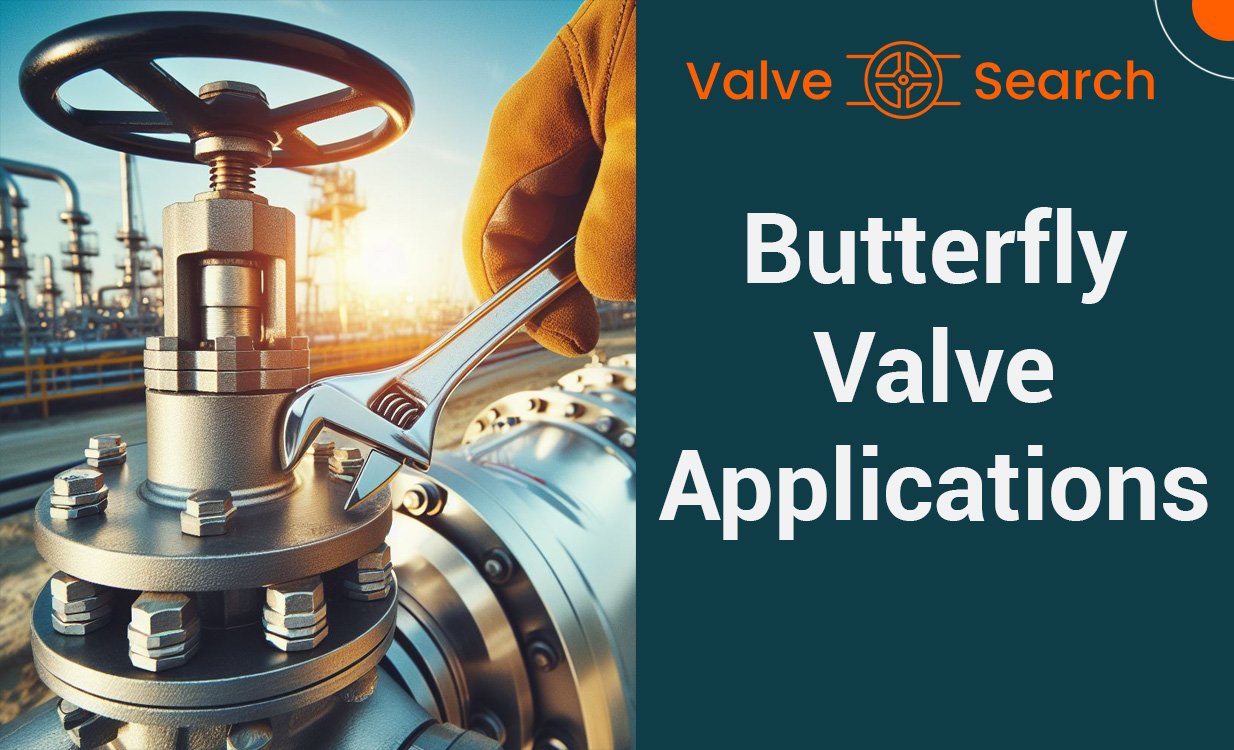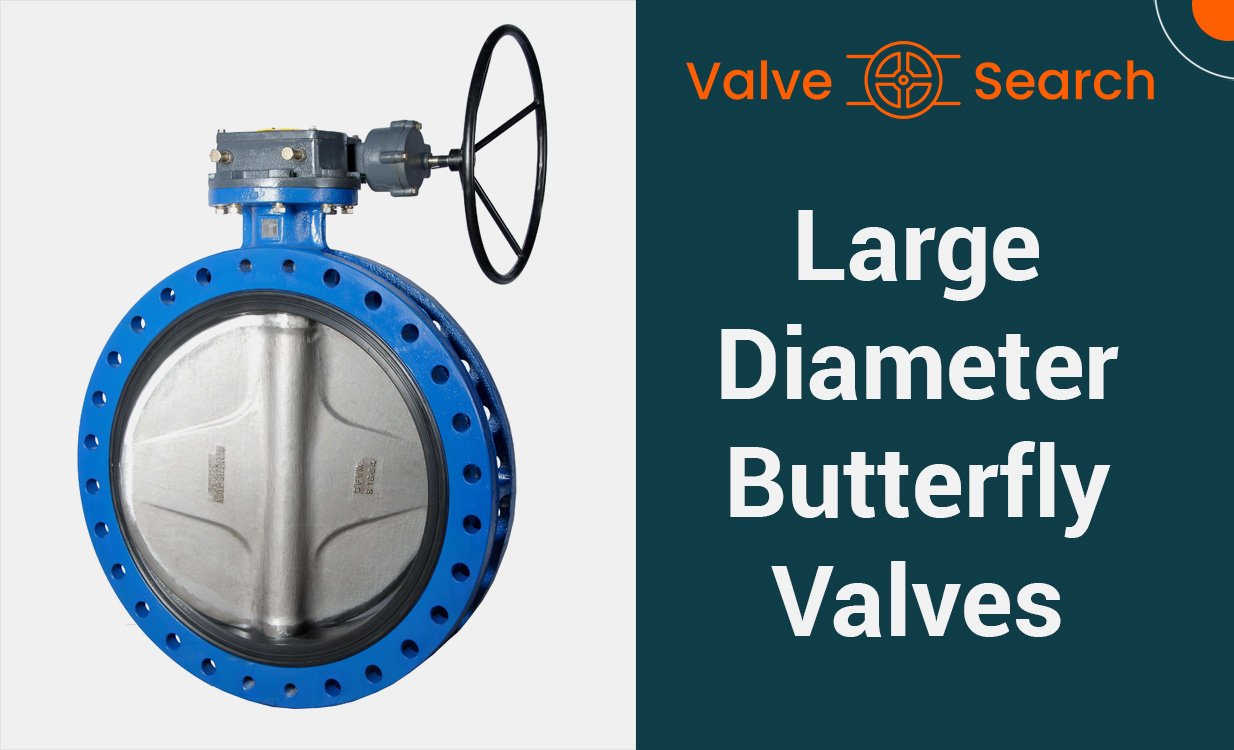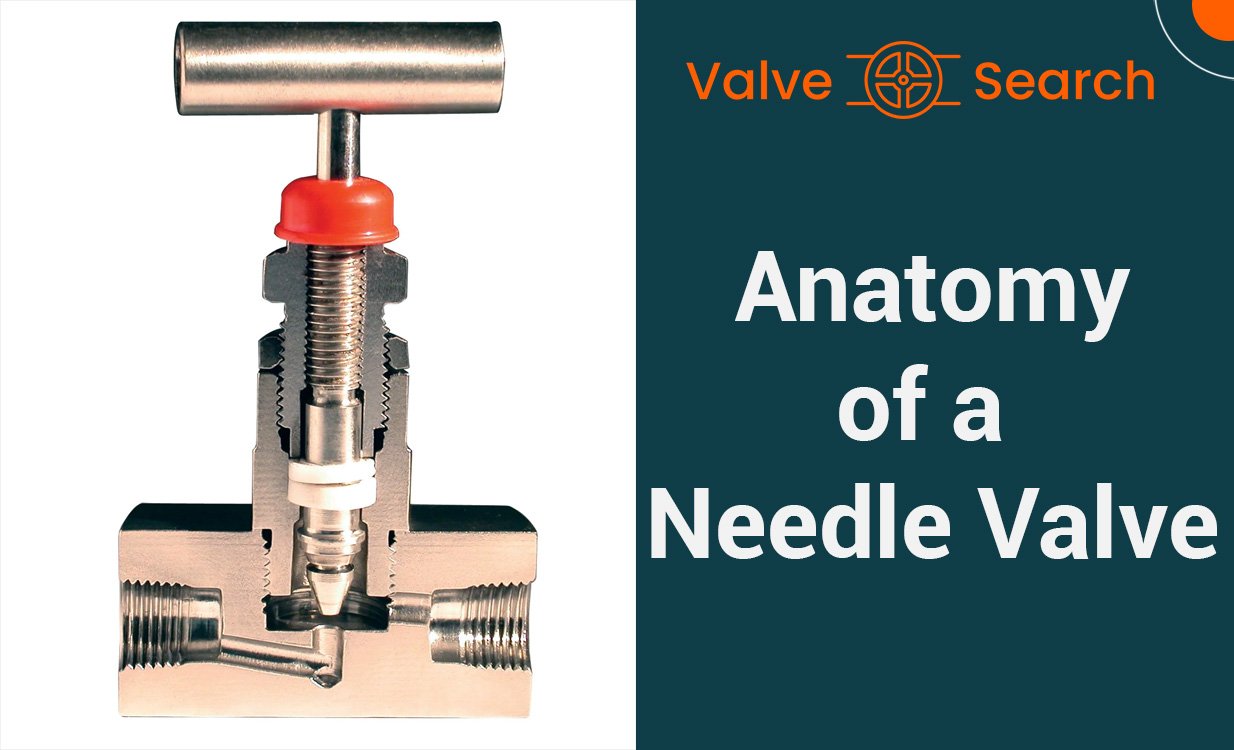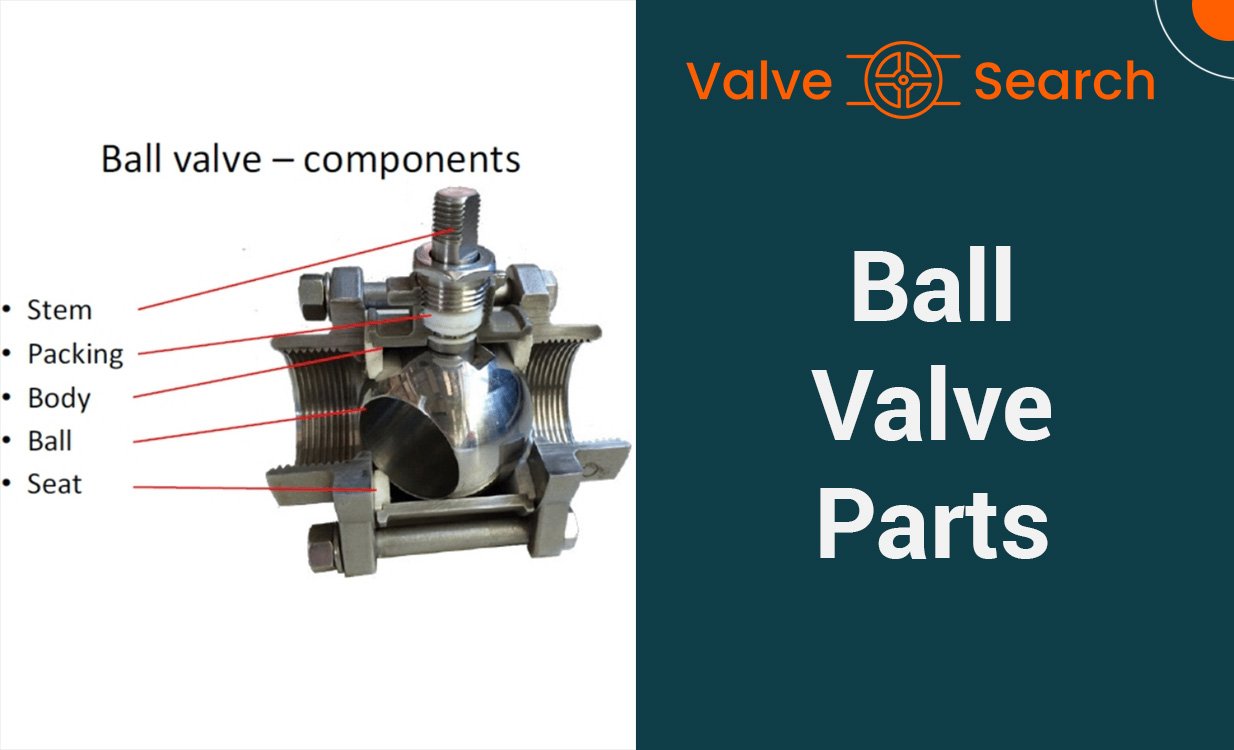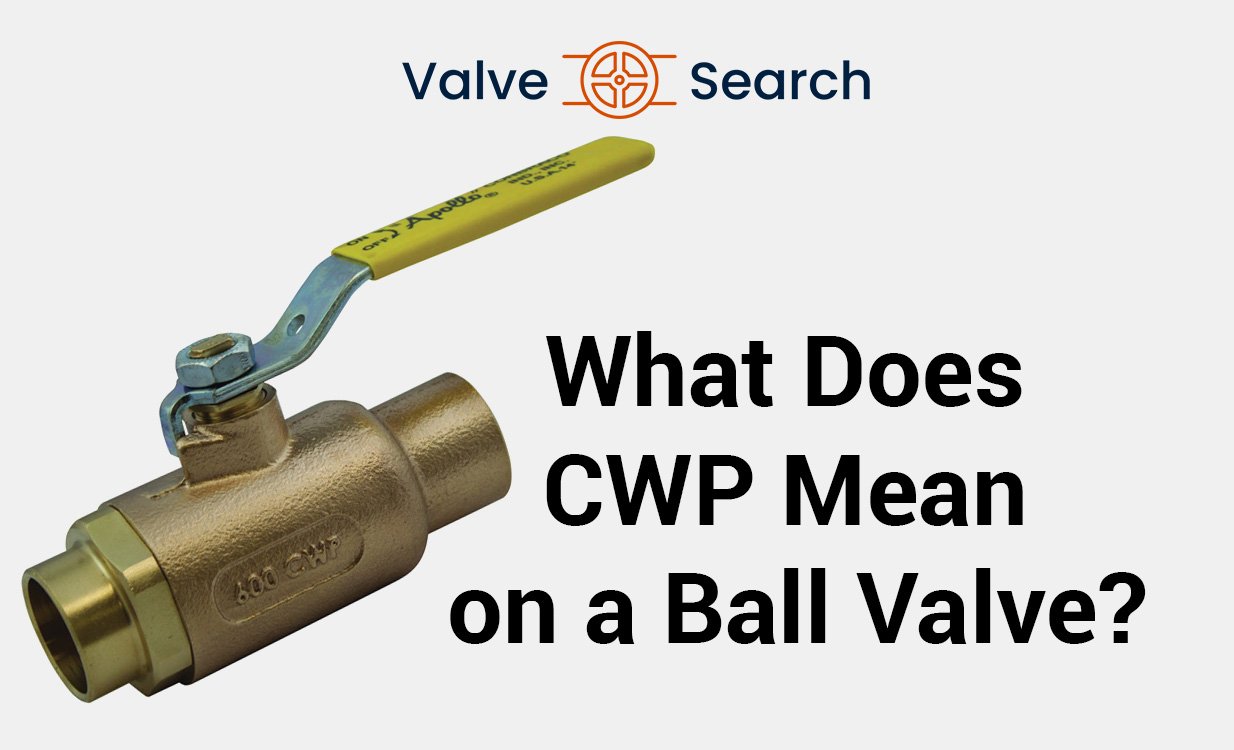What Exactly Does a Purge Valve Do?

What Does a Purge Valve Do?
In the complex machinery of a vehicle, many parts work together harmoniously to ensure its smooth operation. Some parts might seem insignificant at first, but they have vital roles to play in your vehicle’s overall function. One such part is the purge valve.
What is a Purge Valve?
The purge valve, also known as the canister purge solenoid valve, resides within your vehicle’s Evaporative Emission Control (EVAP) system. Its main function is to manage the volume of fuel vapor that is recirculated into the engine for the combustion process. By doing so, it helps maintain an ideal fuel-to-air mixture within the engine, promoting efficient combustion and minimizing emissions.
During the process of fueling your vehicle, as well as during regular operation, a portion of the fuel inside the tank evaporates, transforming into a gas. Instead of allowing this gas to escape into the environment, which would lead to air pollution, the EVAP system captures and stores it within a component known as the charcoal canister. The job of the purge valve is to regulate when this trapped fuel vapor is released and how much is let out into the engine for combustion.
This process is not only beneficial for the environment but also contributes to the optimal performance of the engine. By understanding the function of the purge valve, you gain insights into the intricate working of your vehicle’s emission control system. This knowledge can be useful when addressing issues related to fuel efficiency or emissions. Understanding this valve’s function also illustrates the vehicle manufacturer’s efforts to reduce the environmental impact of their products.
The Operation of a Purge Valve
The purge valve, a key component in your car’s emission control system, operates under the precise control of the vehicle’s computer, know as the Engine Control Unit (ECU). This computerized mechanism ensures that the purge valve functions at the right time and under the right conditions.
When the engine starts and achieves its normal operating temperature, specific criteria are met that signal the ECU that it’s time for the purge valve to act. Responding to this signal, the valve opens, allowing the trapped fuel vapors in the charcoal canister to be pulled into the intake manifold due to the engine’s vacuum effect.
These vapors, once drawn into the intake manifold, blend with the incoming air and fuel to participate in the combustion process. This procedure helps to maintain an optimal fuel-to-air ratio for efficient combustion, thus contributing to the overall performance of the engine.
The operation of the purge valve, however, is not continuous. It’s closely monitored by the ECU, which sends signals to open or close the valve based on the engine’s current state and the amount of fuel vapor that has been introduced into the combustion chamber. Once the ECU detects a change in the engine’s conditions or determines that the right volume of vapor has been released, it signals the purge valve to close, stopping the vapor flow.
This entire process is part of a carefully engineered system designed to enhance engine performance, promote fuel efficiency, and prevent the release of harmful vapors into the environment. It is a clear demonstration of how intricate and sophisticated vehicle emission control systems have become, all in a bid to strike a balance between performance and environmental conservation. Understanding how these parts work can be beneficial in diagnosing and resolving potential vehicle issues related to fuel efficiency or emissions.
The Significance of a Purge Valve in a Vehicle
The purge valve’s significance in a vehicle cannot be overstated. One of its primary roles lies in its capacity to mitigate vehicle emissions, a critical factor in environmental preservation. By recycling the fuel vapors back into the combustion process, the valve efficiently curtails the release of these potential pollutants into the atmosphere.
Another notable advantage of the purge valve is its contribution to fuel efficiency. The mechanism of reintroducing captured fuel vapors into the engine ensures that no fuel is wasted, leading to noticeable savings on fuel expenditure over a period.
The performance and overall well-being of the engine are also directly impacted by the purge valve. A malfunctioning valve can cause a range of issues, including rough idling, difficulty starting the engine, or diminished fuel efficiency. Thus, it is paramount to ensure that the valve is in excellent working condition.
In a nutshell, the purge valve, while often overlooked, plays a significant role in your vehicle. It not only helps in efficient fuel utilization but also safeguards the environment from harmful emissions. It is essential for any vehicle owner to understand the purge valve’s function and its benefits, not only for maintaining vehicle performance but also for promoting a more eco-friendly driving experience.

